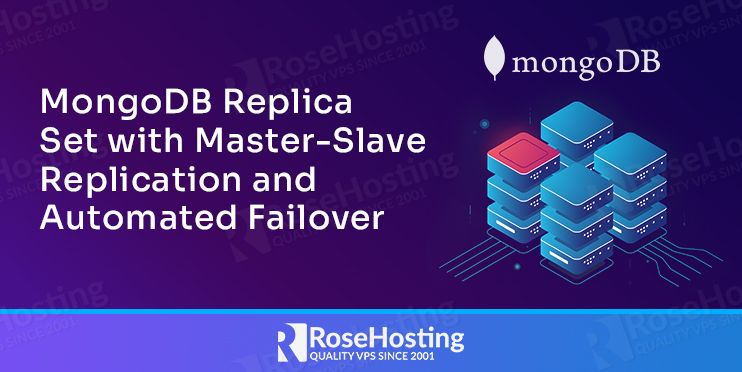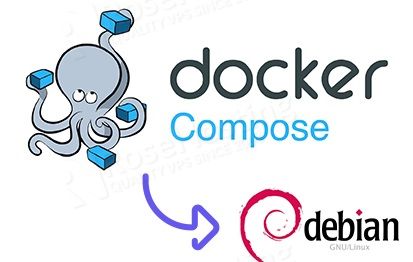
The LiteSpeed Web ADC is a high-performance HTTP load balancing solution that can distribute traffic across multiple nodes and improve the speed of the services on the backend. It supports the next-generation HTTP/3 protocol to distribute traffic for optimal performance. It also provides cyber protection such as WAF, Brute force attacks defense, Layer 7 DDoS filtering, and IP level bandwidth and request rate throttling.
LiteSpeed Web ADC provides a simple and user-friendly web-based interface that helps you to configure a load balancer easily. Compared to other load balancing software, LiteSpeed Web ADC offers more features and flexibility.









